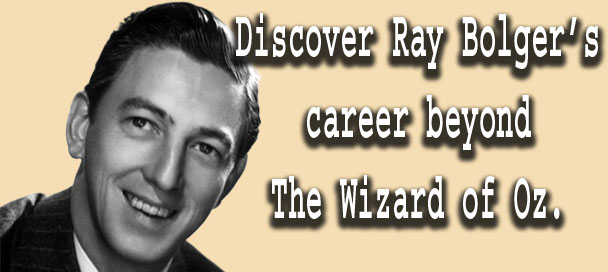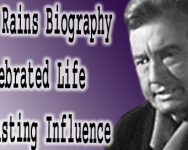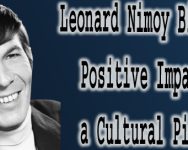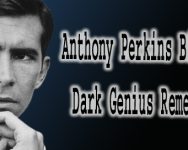🎭 Marlon Brando: The Rebel Who Redefined Acting

Marlon Brando in a publicity photo for the film One-Eyed Jacks (1961)
Marlon Brando didn’t just act he detonated the screen. With a raw intensity and inner life that shook Hollywood to its core, Brando reimagined what it meant to perform. He wasn’t polished. He wasn’t safe. But from the moment he screamed “Stella!” in A Streetcar Named Desire, audiences knew they were watching something seismic. He was the storm before the method, the man who broke the mold.
Marlon Brando transformed 20th-century cinema with raw intensity and an emotional truth few actors dared approach. He turned performances in A Streetcar Named Desire, On the Waterfront, The Godfather, Last Tango in Paris, and Apocalypse Now into benchmarks of depth, complexity, and moral weight. Brando’s career blended stardom and rebellion he challenged studio norms, politics, and the idea of what a leading man could be. Over decades, he veered between iconic peaks and mysterious declines, but never lost his ability to command attention and provoke conversation..
Born into a time of studio polish and predictable performances, Brando arrived like a slap across the face of the establishment. He mumbled, he brooded, he fidgeted and he made it all look like life itself. While other stars acted out scripts, Brando seemed to live in them. His breakthrough in the early 1950s marked the beginning of a cultural and artistic revolution in American film.
To critics and co-stars alike, he was unpredictable and often difficult. But even his detractors couldn’t ignore the gravitational pull he had on screen. Whether playing a dockworker, a gangster, or a washed-up colonel, Brando brought layers no one expected and many couldn’t explain. He turned emotional vulnerability into power, and silence into a weapon. His performances were not just roles, they were ruptures.
Over the course of five decades, Brando evolved from icon to enigma. His early brilliance in On the Waterfront and Viva Zapata! gave way to eccentric choices and prolonged absences, only to be revived in mythic fashion by The Godfather. Through triumph, scandal, and retreat, Marlon Brando remained one thing above all: unforgettable.
Marlon Brando refused his Godfather Oscar in protest of Hollywood’s treatment of Native Americans a gesture that stripped away the glamour and showed that for Brando, art and conscience were inseparable.
👶 Early Life
Marlon Brando Jr. was born on April 3, 1924, in Omaha, Nebraska. The youngest of three children, he grew up in a household that was both chaotic and emotionally distant. His father, Marlon Brando Sr., was a salesman known for his stern demeanor and lack of affection, while his mother, Dodie Brando, was an unconventional spirit an actress and activist with a love for the stage and a struggle with alcoholism. It was from her that Marlon inherited both his artistic inclinations and a deep well of emotional sensitivity.
In 1930, the Brando family moved to Illinois, eventually settling in the Chicago suburb of Evanston. As a child, Marlon was often rebellious and restless, more interested in mimicry and mischief than in academics. He was expelled from several schools for poor behavior and clashed frequently with authority. Despite his troubled school years, Brando showed an early talent for impersonations, using them to amuse friends and cope with the instability of his home life.
Brando’s relationship with his mother was complicated but formative. She had once acted with a local theater group and encouraged his flair for performance, even as her personal demons often left the household in turmoil. His emotional depth, later praised on stage and screen, was shaped by these formative years of dysfunction, introspection, and longing. Brando would later admit that much of his life's work came from trying to understand and process the pain of his early family experiences.
After high school, and a brief stint working as a ditch digger, Marlon Brando enrolled at the Dramatic Workshop of The New School in New York City. There, under the tutelage of influential acting coach Stella Adler, he was introduced to the Stanislavski system an approach to acting based on emotional truth and psychological realism. It was here that the boy from Nebraska began his transformation into the actor who would soon electrify American theater and revolutionize film.
Explore the Biographies of Iconic Celebrities
In 1952, Brando studied jazz saxophone in NYC, jamming with local musicians in Greenwich Village, per a 1953 DownBeat magazine note. This hobby influenced his improvisational acting style.
🎬 Film Career
Marlon Brando on The Tonight Show Starring Johnny Carson
Marlon Brando’s career exploded in 1947 with his legendary stage performance as Stanley Kowalski in Tennessee Williams’ A Streetcar Named Desire. Directed by Elia Kazan, the Broadway production turned Brando into an overnight sensation. When the film adaptation hit screens in 1951, Brando reprised his role alongside Vivien Leigh. His electrifying performance earned him his first Academy Award nomination and introduced the Method acting style to a wider audience, revolutionizing the craft overnight.
In rapid succession, Brando took on bold, physically and emotionally intense roles. He played the tragic Mexican revolutionary in Viva Zapata! (1952), directed by Elia Kazan and written by John Steinbeck, opposite Anthony Quinn who won an Oscar for his supporting role. That same intensity carried into Julius Caesar (1953), where Brando defied expectations as Mark Antony, earning another nomination while acting opposite James Mason and John Gielgud.
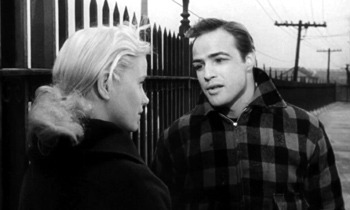
Eva Marie Saint and Marlon Brando in On the Waterfront (1954)
Then came On the Waterfront (1954), where Brando delivered perhaps his most iconic performance as ex-prizefighter Terry Malloy. Directed again by Kazan and co-starring Eva Marie Saint, Karl Malden, and Rod Steiger, the film swept the Oscars including Brando’s first Academy Award win for Best Actor. His “I coulda been a contender” monologue is still quoted, studied, and revered across generations.
By the mid-1950s, Brando was unstoppable. He starred opposite Frank Sinatra in Guys and Dolls (1955), Audrey Hepburn in The Ugly American (1963), and Elizabeth Taylor in Reflections in a Golden Eye (1967). He took bold chances in Sayonara (1957), a performance that earned him yet another Oscar nomination. Even when the material faltered, Brando’s commitment and charisma rarely did.
However, the 1960s saw a shift. While he gave compelling performances in films like One-Eyed Jacks (1961), which he also directed, and The Chase (1966) with Jane Fonda and Robert Redford, his career began to wane. Films like Mutiny on the Bounty (1962) were plagued by production problems and ballooning budgets. Brando’s reputation for being difficult on set began to overshadow his talent, and studios became hesitant.
But in 1972, everything changed with The Godfather. Cast as Vito Corleone by director Francis Ford Coppola after intense studio resistance Brando stunned the world with a performance that was both understated and commanding. Sharing the screen with Al Pacino, James Caan, Robert Duvall, and Diane Keaton, Brando’s role earned him a second Best Actor Oscar, which he famously declined in protest of Hollywood’s portrayal of Native Americans.
A year later, he shocked audiences again in Last Tango in Paris (1973), a sexually charged psychological drama directed by Bernardo Bertolucci. While controversial, the film earned Brando another Oscar nomination and proved he remained a force in challenging material.
Brando continued to make bold and sometimes eccentric choices. In Apocalypse Now (1979), he portrayed the brooding Colonel Kurtz, descending into madness in one of the most surreal performances of his career, alongside Martin Sheen, Robert Duvall, and Dennis Hopper. Though famously difficult during production, his presence gave the film a mythic weight.
In 1978, Marlon Brando made a surprising turn as Jor-El, Superman’s father, in Richard Donner’s Superman. For just a few minutes of screen time, he negotiated one of the highest salaries in Hollywood history. Acting opposite newcomers like Christopher Reeve and seasoned stars like Gene Hackman, Brando added gravitas to the film and proved he could lend star power to any genre even comic book epics.
By the 1990s, Brando worked only occasionally. He appeared in A Dry White Season (1989) with Donald Sutherland and Susan Sarandon, earning yet another Oscar nomination, and later co-starred with Johnny Depp in Don Juan DeMarco (1994). His final years saw a mix of experimental roles and personal retreat, culminating in The Score (2001) alongside Robert De Niro and Edward Norton a fitting final bow with two actors he deeply influenced.
From gritty dockyards to distant planets, Marlon Brando’s career defied definition. He acted opposite the finest talent in Hollywood and reshaped the medium every time he stepped on screen. More than a star, he was a benchmark measured not by how many roles he took, but by how deeply he transformed them.
🤠 One‑Eyed Jacks (The Criterion Collection) – Brando’s Directorial Western Masterpiece
Starring and directed by Marlon Brando, alongside Karl Malden and Katy Jurado, this elusive Western from 1961 showcases Brando’s ambition behind the camera as well as in front of it. A bold departure from conventional genre tropes, it blends psychological depth with stunning cinematography.
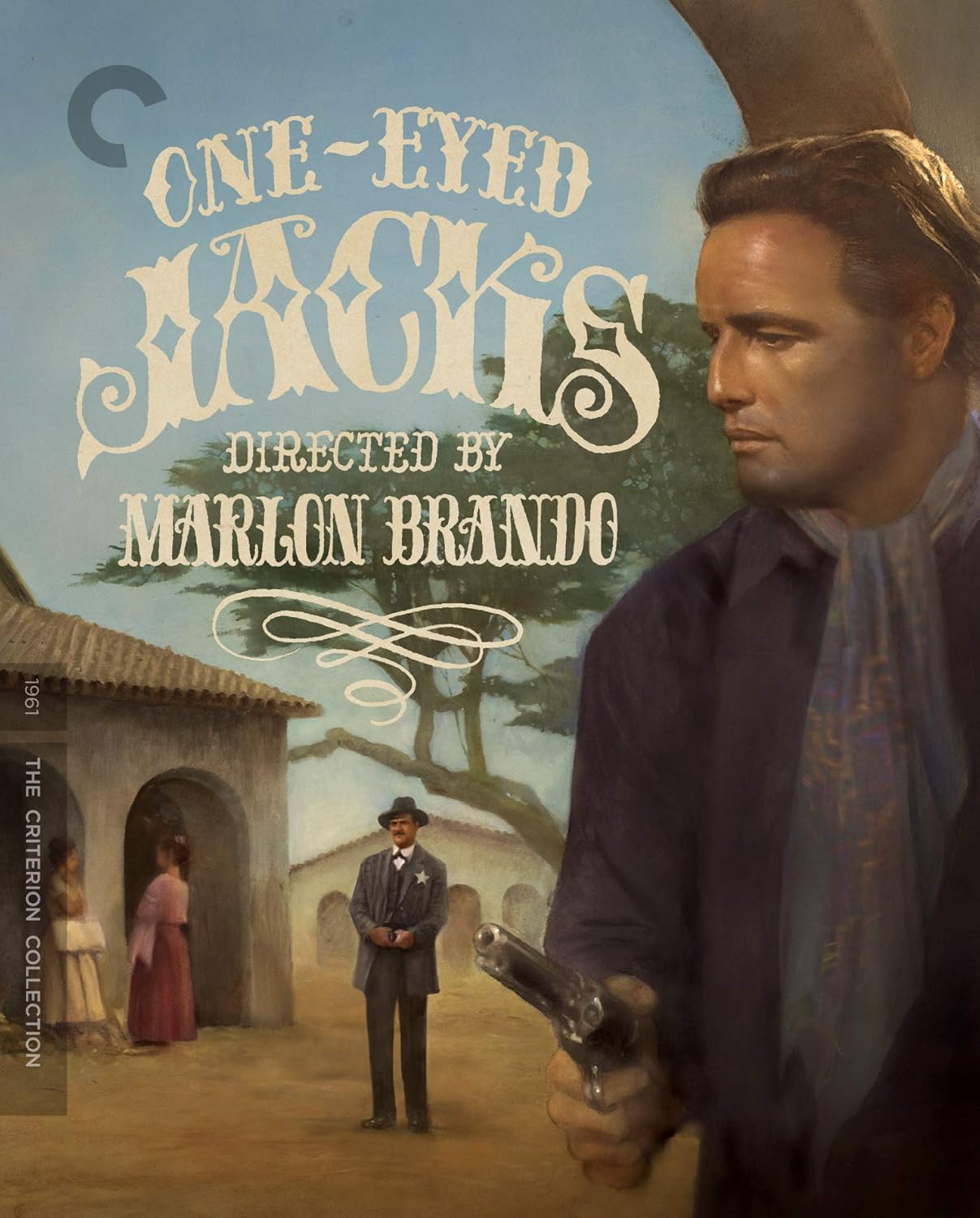
Brando commands the frame both as outlaw Rio and as director in this beautifully restored Criterion release.
A dark tale of betrayal and revenge, One‑Eyed Jacks was Brando’s only directorial effort. Filmed in Mexico with fluid, lyrical visuals, it explores the emotional landscape of its anti‑hero in ways few Westerns dared imbued with existential weight and moral ambiguity.
Blu-ray Features:
- 📀 New 4K restoration from original camera negative
- 🎬 Audio commentary by film critics and historians
- 🗂️ Archival essays and behind-the-scenes interviews
- 🌵 Criterion packaging with collector’s booklet and artwork
A singular vision in the Western genre intimate, unpredictable, and hauntingly beautiful.
🕵️ Personal Life & Activism
Marlon Brando’s personal life was as layered and unpredictable as the characters he portrayed. Fiercely private but impossible to ignore, he lived with an intensity that extended far beyond the screen. While many of his contemporaries played by Hollywood’s rules, Brando was always rewriting them whether in his politics, his relationships, or his rebellion against convention.
Marlon Brando's Best Actor Oscar win for "The Godfather" | Sacheen Littlefeather
Brando was a passionate activist long before it became fashionable for celebrities to be so. He used his fame as a platform, speaking out against racism, colonialism, and injustice in all forms. His most famous political act came in 1973, when he refused the Academy Award for The Godfather. In his place, he sent Sacheen Littlefeather, a young Apache woman, to decline the award and protest Hollywood’s portrayal of Native Americans. The moment caused shockwaves some in the crowd booed, others applauded but Brando’s point was clear: the industry had to answer for its complicity in cultural erasure. Years later, the event would be reevaluated as one of the boldest statements ever made on the Oscars stage.
Beyond Native American rights, Brando was deeply involved in the Civil Rights Movement. He marched with Martin Luther King Jr., supported the NAACP, and spoke out in defense of oppressed people worldwide. His humanitarian passions often eclipsed his acting priorities, leading him to turn down lucrative roles in favor of causes he believed in.
His romantic and sexual life was equally unorthodox. Brando had well-known affairs with actresses like Rita Moreno, Marilyn Monroe, and Jean Simmons. He married three times and fathered at least 11 children, though his extended family network was even larger due to various relationships. Yet Brando also admitted, without shame, that his attractions weren’t limited by gender. In his 1976 autobiography, he acknowledged having had homosexual experiences, saying, “Like a large number of men, I too have had homosexual experiences and I am not ashamed.”
Rumors swirled about his connections with other famous men, including claims of romances with James Dean, Wally Cox, and even Richard Pryor claims that remain speculative but reflective of Brando’s refusal to label himself or live within restrictive norms. His sexuality, like his acting, was fluid, intuitive, and unconcerned with public opinion.
Marlon Brando lived without a filter. His passions ran deep, his values ran strong, and his life was never lived quietly. He challenged Hollywood's image machine on every front on screen, in the bedroom, and from the podium becoming not just an artist, but a cultural force who refused to be boxed in.
🕊️ Later Years
In the final decades of his life, Marlon Brando became increasingly reclusive, choosing privacy over publicity and rarely giving interviews. While his screen appearances became less frequent, his mystique only grew. He lived much of his later life on his private island in Tahiti, far removed from the chaos of Hollywood. There, he found a measure of peace, though he continued to battle health issues, financial troubles, and the emotional weight of personal tragedies including the death of his daughter Cheyenne and the imprisonment of his son Christian.
Despite his retreat from the spotlight, Brando occasionally emerged for carefully chosen roles. He lent his voice to The Godfather: The Game and appeared in The Score (2001) alongside Robert De Niro and Edward Norton, his final film role. Even in his later performances, Brando’s screen presence remained magnetic proof that his instincts never dulled with age.
Marlon Brando died on July 1, 2004, at the age of 80, from respiratory failure. His death marked the end of an era, but not of his influence. He left behind a cinematic legacy that reshaped acting forever, and a personal story that defied convention, challenged hypocrisy, and inspired countless others to seek truth in performance and in life.
He funded a 1964 community theater in Tahiti, mentoring local actors, as documented in a 1965 Polynesian cultural journal, showing his commitment to arts beyond Hollywood..
🏆 Legacy
Marlon Brando’s legacy is not just one of cinematic greatness it’s one of total transformation. He didn’t merely influence acting; he demolished the old blueprint and replaced it with something raw, unpredictable, and deeply human. With each role, he tore down the façade of performance and replaced it with lived-in emotion. From A Streetcar Named Desire to The Godfather, Brando showed the world that truth on screen wasn’t about polish it was about presence.
He inspired generations of actors who followed in his footsteps, including Al Pacino, Robert De Niro, Jack Nicholson, Sean Penn, and Johnny Depp all of whom openly cite him as a cornerstone of their craft. The Method acting style that Marlon Brando helped popularize became the gold standard for serious performers. His ability to vanish into a role whether it was a dockworker, a tyrant, or a dying patriarch set a benchmark for emotional authenticity in film.
Beyond the screen, Brando’s fearless activism and personal honesty reshaped what it meant to be a public figure. He challenged the Academy, spoke up for civil rights, embraced sexual fluidity, and lived by his own code. He remains one of the few stars whose legacy crosses the boundary between art and impact. To this day, Marlon Brando is not remembered for fitting in but for changing the shape of the room entirely.
Brando kept a private journal in 1970, later auctioned in 1976, where he sketched costume designs for Last Tango in Paris, revealing his hands-on creative process, per a Los Angeles Times snippet.
🗣️ Why They Still Matter
Marlon Brando remains a touchstone of acting and activism. He introduced method acting to wide audiences, creating performances that still reference the heights actors aim for today, particularly in roles like Stanley Kowalski and Don Vito Corleone. Off screen, his bold protest at the 1973 Oscars highlighted Hollywood’s complicity in erasing Native American voices and cemented his legacy as an artist unafraid to use his platform. Nearly two decades after his passing, his contributions to film craft and social awareness continue to inspire both performers and activists alike.
Further Reading & Resources
📖 Marlon Brando - Movies, The Godfather & Facts - Biography
📰 Marlon Brando | Biography, Movies, Assessment, & Facts – Britannica Profile
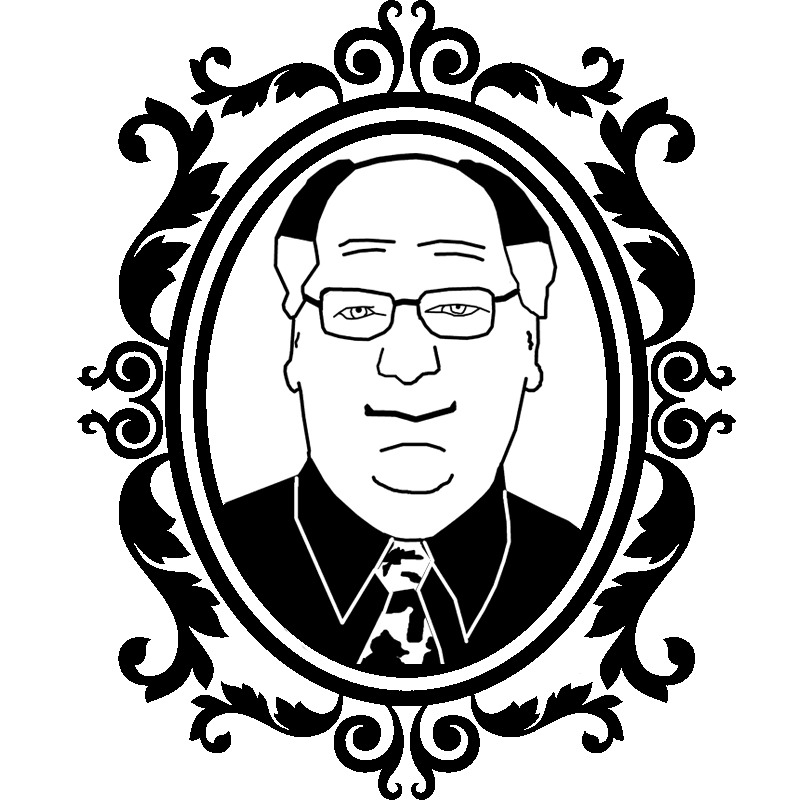
ML Lamp is the owner of Kilroy Was Here. After his 20 years of working in Las Vegas in the entertainment promotions field, Mr. Lamp retired in 2002 from his job to pursue his passion for collectibles. Now as a guest speaker and author he’s living the dream, and sharing his warmth with You.
